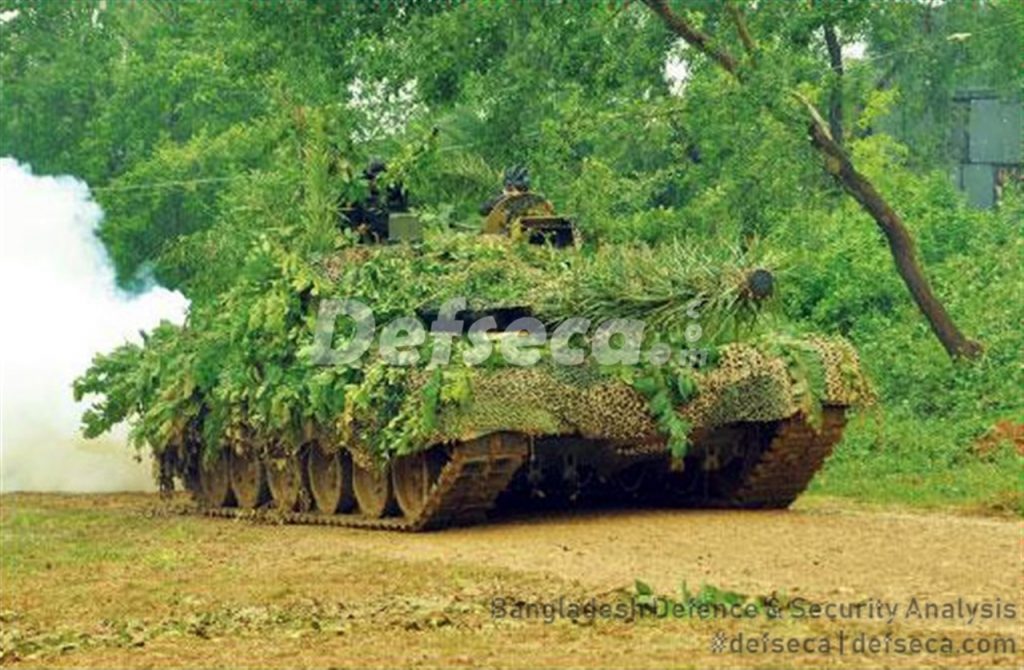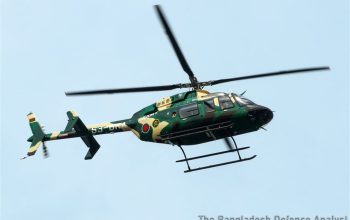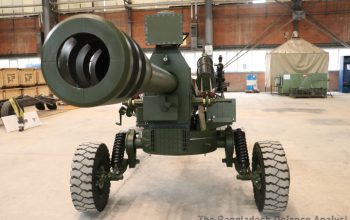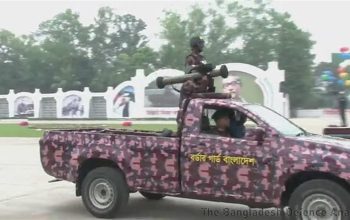Multi-spectral camouflage is the use of counter-surveillance techniques to conceal objects from detection across several parts of the electromagnetic spectrum at the same time. While traditional military camouflage attempts to hide an object in the visible spectrum, multi-spectral camouflage also tries to simultaneously hide objects from detection methods such as infrared, radar, and millimetre-wave radar imaging.
A German-led NATO research project concluded in 2004 that while “the multispectral signatures of most military equipment can be significantly reduced by combinations of various camouflage materials”, multi-spectral camouflage for individual soldiers remained lacking. The main problems identified were operational constraints such as mobility, weight, and the soldier’s physiology.
Multi-spectral camouflage can be applied to individuals in the form of a ghillie suit, disguising the heat given off by the wearer’s body, and to vehicles and buildings with either specialised paints or camouflage nets that reduce the amount of heat given off by an object, as well as altering the shape and size of its radar signature.
The SAAB Barracuda Mobile Camouflage System provides a degree of concealment in the visible, thermal infrared, and radar parts of the electromagnetic spectrum, as does the Miranda Berberys-R multispectral camouflage system from Poland.

At present the Bangladesh Army has implemented usage of multi-spectral camouflage on tanks, armoured fighting vehicles, trucks, bunkers and smaller outposts.
Such platforms have been prominently seen during military exercises held by the Bangladesh Army since 2018.




